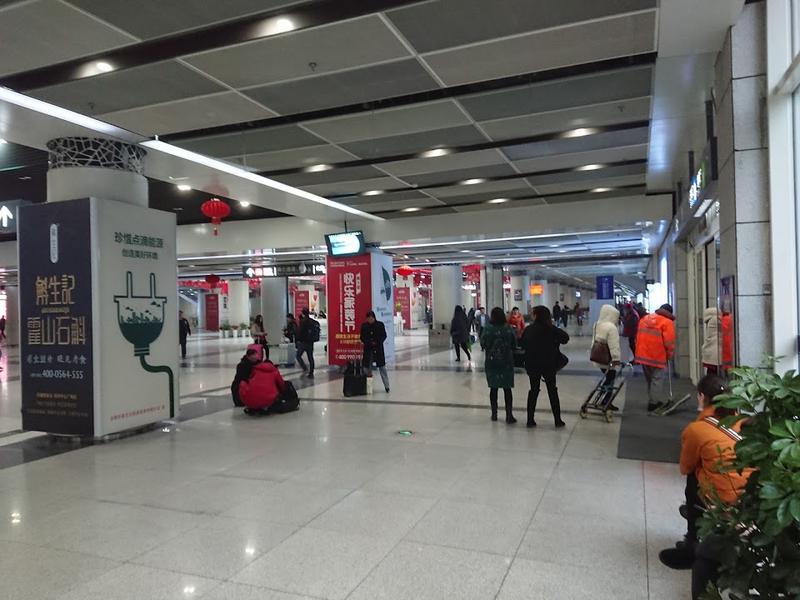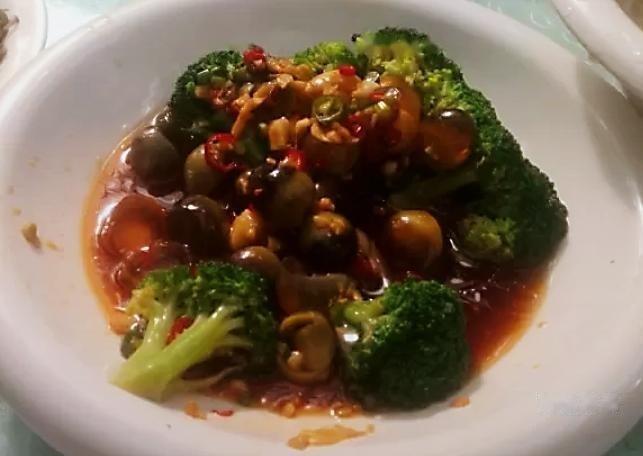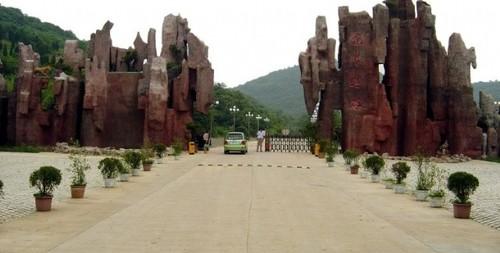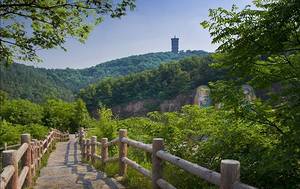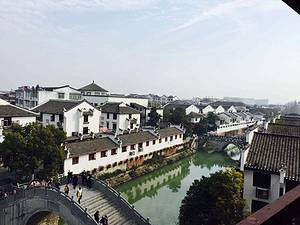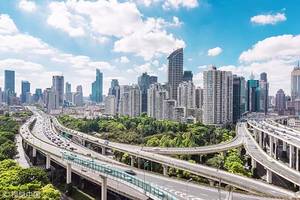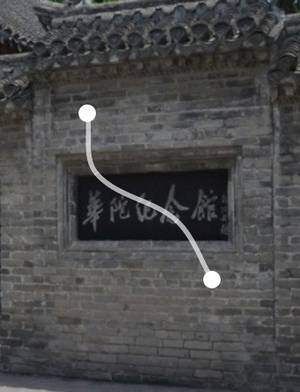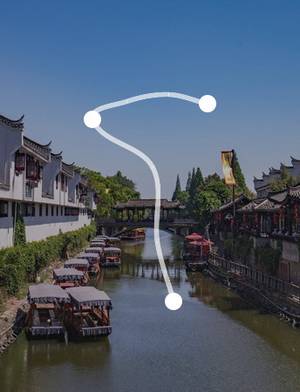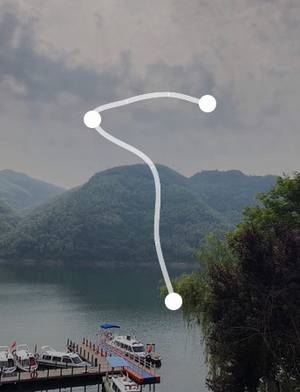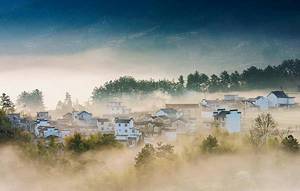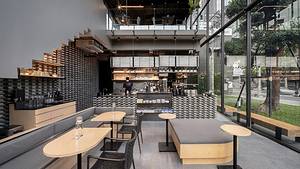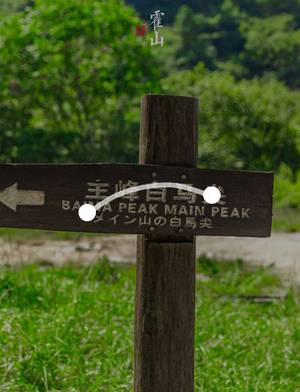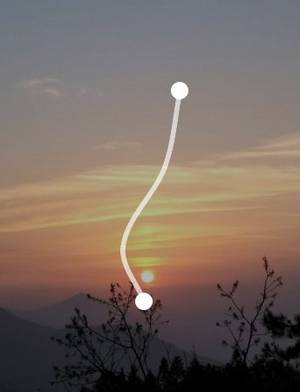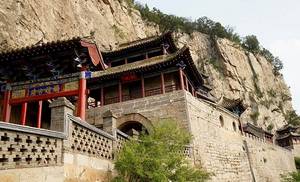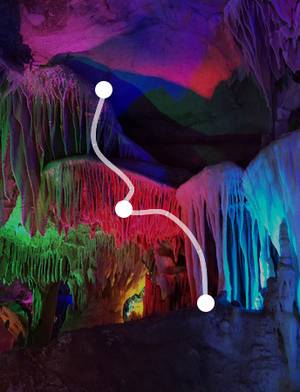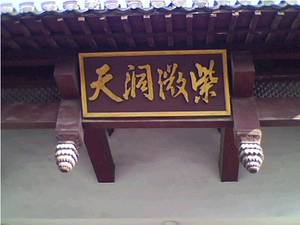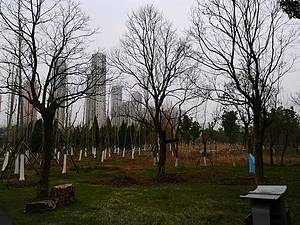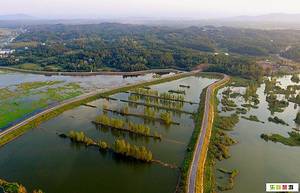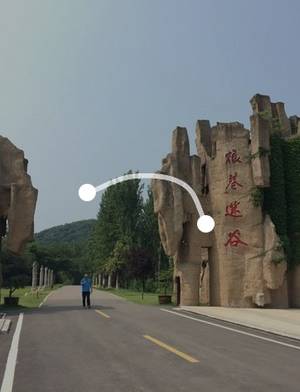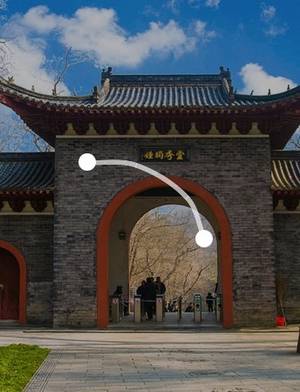Hefei Wolf Lane Migu/Langya Mountain two-day self-driving tour
3 cities |
6 attraction(s) |
total distance 326
km
 TIPS
TIPS
Day1
Day2
Day1: Hefei > Bengbu > Chuzhou
5 attraction(s) ·
326 km
2
The restaurant is located on Donghai Avenue, with convenient transportation. The restaurant has a nice environment and offers a view of the surrounding scenery. The service in the restaurant is very attentive, and the owner is enthusiastic. The dishes are sourced locally and are very clean and hygienic. The cuisine in the restaurant has a rustic feel and tastes very good. The cost-effectiveness is high. The recommended dishes include Three Delicacies Crispy Rice and Nourishing Oxtail Soup. It is worth customers coming to the restaurant to give it a try.
65
km
3
Wolf Lane Mysterious Valley is named after the frequent appearance of wild wolves in ancient times. It has the beauty of Huangshan and the steepness of Huashan, as well as the magic of Zhangjiajie. The terrain in the valley is unique, with rugged gullies and interconnected valleys. The rocks in various shapes resemble crocodiles exploring, wolves blocking the way, and layers of pages of a heavenly book. The gray-brown rocks, full of pockmarks, exude a wild and ancient charm. The trees growing on the rocks are also unique, enduring the test of time and weather, growing tenaciously with twisted figures, displaying a strong vitality. It inspires and encourages people to move forward.
On August 20, 2007, Wolf Lane Mysterious Valley Scenic Area was rated as a national 4A-level tourist attraction by the National Tourism Quality Grading Committee. The scenic area covers an area of about 9 square kilometers, divided into two main themes: ancient temples and exploration of the mysterious valley, with more than 50 attractions of different sizes. Chanku Temple is a Buddhist temple built during the reign of Emperor Wu of the Han Dynasty, where you can not only burn incense and worship Buddha but also study the ancient history of Buddhism. The natural karst caves inside the temple have various landscapes, allowing you to appreciate the wonders of nature and explore the roots of Buddhist culture. The cliff stone carvings since the Tang Dynasty not only have different calligraphy styles but also recorded the love of literati and poets for Chanku Temple. There is a poem that says: "In March, the birds sing and the flowers bloom on the mountains. The wind flies warmly and the trees are endless. I don't know which year and month it is inside the cave, the stone is towering and the water is flowing." During the Northern Song Dynasty, Su Shi came here to visit and inscribed the name of the temple.
The unique terrain of Wolf Lane Mysterious Valley, with its gullies and interconnected valleys, makes people feel like they are in a natural and magical maze.
103
km
4
Yuanheju stall offers good value for money, with their iconic hotpot chicken being a must-have for almost everyone. The fragrant small chicken cooked in a pot, served with pancakes, is mouthwatering. The sweet and sour pork and dry pot cabbage are also highly recommended dishes, as well as the boss's signature stewed eggs, which have a great taste. Although the restaurant's storefront is not large, it is clean and hygienic, and the owner provides enthusiastic service.
2
km
5
The hotel has convenient transportation and ample parking spaces for self-driving. The hotel rooms are spacious, with a nice surrounding environment. The facilities and breakfast service inside meet the standards of a four-star hotel. In addition, there are small gifts provided, and the service is excellent.
Day2: Chuzhou
1 attraction(s) ·
0 km
1
Langya Mountain is the first famous scenic spot in eastern Anhui. It is a national key scenic area, national forest park, national AAAA-level tourist area, national key cultural heritage protection unit, one of the 24 famous cultural mountains in China, one of the hundred famous mountains in China, and one of the five major scenic spots in Anhui province. With an area of 240 square kilometers, the forest coverage rate reaches 90%. It is rich in animal and plant resources, with 54 bird species protected by the Sino-Japanese Bird Protection Agreement. The unique Langya elm and drunkard elm are rare tree species in China, and it is also home to the most complete natural secondary forest in the transition zone from the north subtropical to the warm temperate zone in the limestone area. Langya Mountain has always been known as the "no other mountain after Penglai". The scenic area has 81 peaks, including Motuo Peak, Fenghuang Mountain, Dafeng Mountain, Xiaofeng Mountain, and Langya Mountain. The main landscapes are lush forests, secluded caves, clear lakes, flowing springs, famous pavilions, and ancient temples. The valleys in the mountains are deep and the Langya Creek, Glass Marsh, and Qushui Liushang flow endlessly. Mountain springs like Guiren Spring, Zhaoying Spring, and Ziwei Spring are scattered among the mountains. There are magical caves like Guiyun Cave, Xuehong Cave, Chongxi Cave, and Taoyuan Cave. There are also abundant humanistic landscapes in the mountains, with a long history of cultural heritage. Since the Tang and Song dynasties, countless literati and officials such as Li Youqing, Wei Yingwu, Ouyang Xiu, Xin Qiji, Wang Anshi, Mei Yaochen, Song Lian, Wen Zhengming, Zeng Gong, and Xue Shiyu have developed mountains, built temples and pavilions, and composed poems and praises, leaving behind a large number of outstanding cultural heritages. There is the Langya Temple, built in the Tang Dynasty, the numerous historical sites and cultural relics left by the Bujiadun ancient site, and the famous stele carved with the image of Guanyin by Tang Wu Daozi. Among them, the Tang Dynasty-built Langya Temple is a famous Buddhist temple in eastern Anhui and one of the key temples in the country. The Song Dynasty-built Drunkard Pavilion is famous for the article "Record of the Drunkard Pavilion" written by the great literary figure Ouyang Xiu, and is known as the "number one pavilion in the world". The scenic spots such as Nantianmen, Yefangyuan, Shenchu Lake, and Tongleyuan, which have been repaired and rebuilt in the secluded valleys of the mountains, complement the original ancient roads, ancient pavilions, and ancient buildings, as well as the stone carvings and inscriptions written by famous calligraphers from previous dynasties. On the Nantianmen, the ancient Bixia Palace, built in memory of the Bixia Yuanjun, is a famous Taoist place, and the "Langya Mountain Chujiu Temple Fair" that has been passed down for thousands of years continues to this day. With its beautiful scenery and numerous historical and cultural sites, Langya Mountain confirms its long cultural history and heritage.
